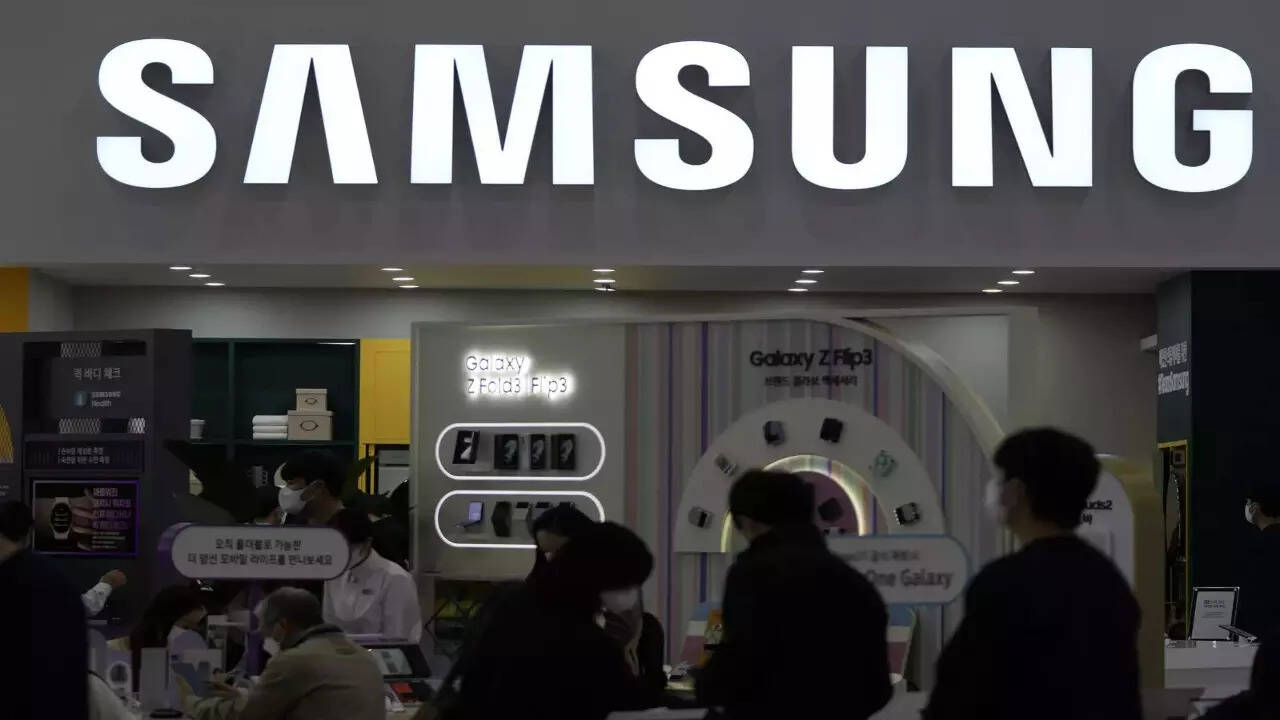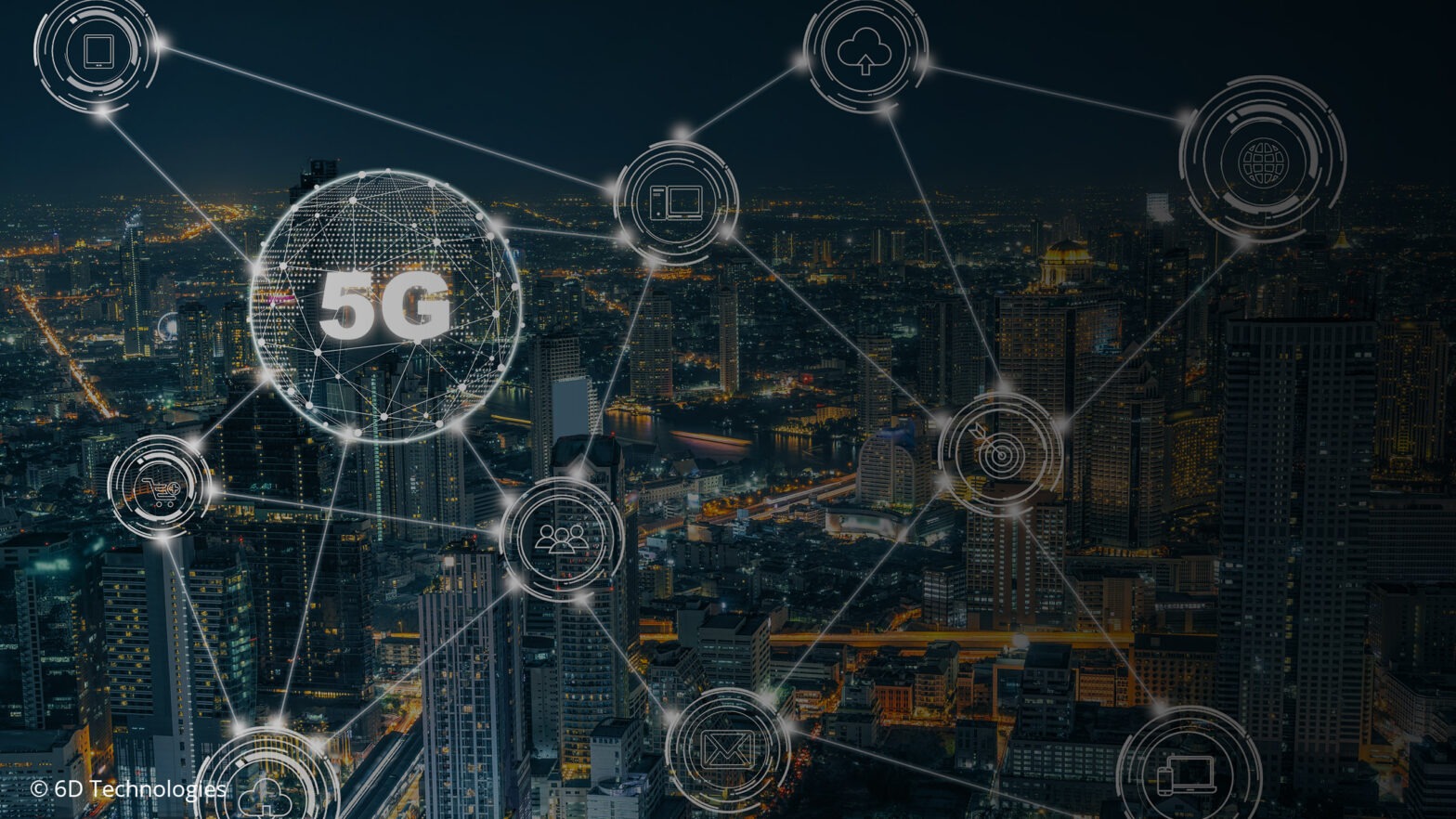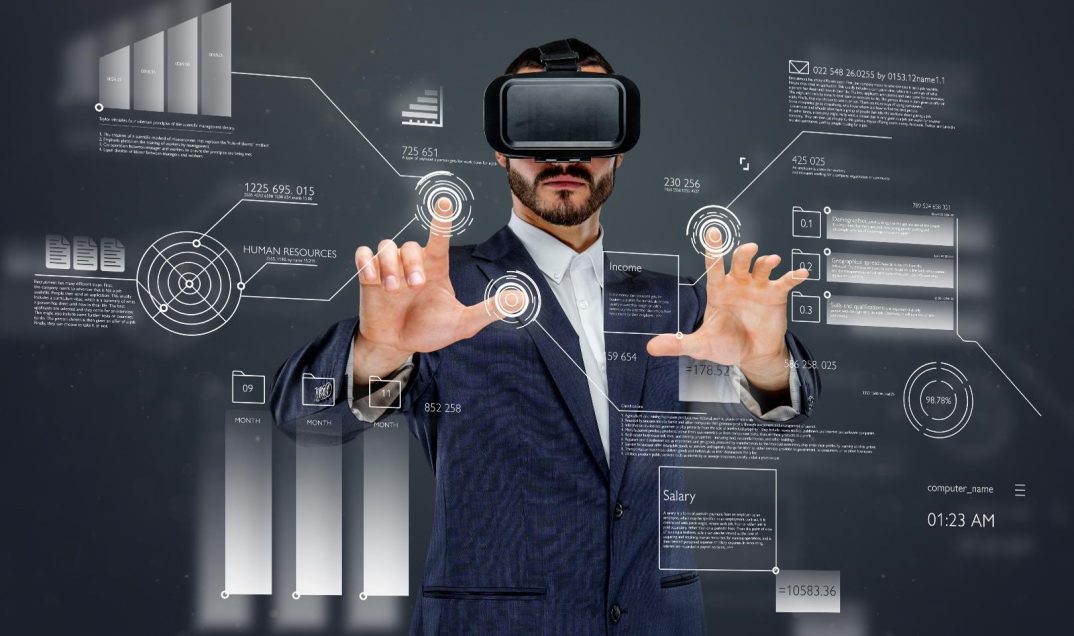Apple Surpasses Samsung to Become the World’s Leading Smartphone Seller
Image Source- Bing | Image By- Reuters
Introduction:
In a significant milestone for the tech industry, Apple has overtaken Samsung to claim the title of the world’s to[ seller of smartphones. This historic shift in market dynamics has captured the attention of consumers, analysts, and industry expert alike. As of the latest sales figure, Apple’s Strategic approach, innovative product lineup, and brand loyalty have propelled it to the forefront of the global smartphone market.
The Rise of Apple:
Image Source- Google | Image By- oh42fifty
For years, Samsung has dominated the smartphone landscape, consistently holding the top spot in terms of market share. However, Apple’s recent ascent to the pinnacle of the industry reflect a culmination of several factors that have worked in the Cupertino-based company’s favor.
- Innovative Product Lineup: Apple’s commitment to innovation has been a key driver behind its success. The introduction of groundbreaking feature, such as the iPhone’s facial recognition technology, high-quality cameras, and the seamless integration of hardware and software, has set Apple apart from its competitors.
- Ecosystem Synergy: Apple’s ecosystem of products, including iPhones, iPads, MacBooks, and Apple Watches, is designed to work seamlessly together. This interconnectivity creates a user experience that is unparalleled, fostering brand loyalty and encouraging customers to invest in multiple Apple devices.
- Global Expansion: Apple’s global reach has expanded significantly, with a strong presence in key markets such as China, Europe, and North America. The company’s ability to adapt to diverse market conditions and consumer preference to its rise to the top.
Samsung’s Challenges:
Image Source- Google | Image By- Timesofindia
While Samsung remains a formidable player in the smartphone industry, it has faced challenges that have allowed Apple to seize the lead. Samsung’s extensive product lineup, spanning various price points and models, has sometimes led to a diffusion of its brand identity. In contrast, Apple’s more focused approach has resonated strongly with consumers.
- Intense Competition: The smartphone market is highly competitive, with numerous manufacturers vying for consumer attention. As new entrants bring innovative features and competitive pricing, Samsung has had to continuously adapt to changing market dynamics.
- Supply Chain Disruptions: Global events, such as the ongoing semiconductor shortage and supply chain disruptions, have affected Samsung’s ability to meet demand. Apple’s extensive supply chain management and diversified sourcing have allowed it to navigate these challenges more effectively.
- Brand Loyalty: Apple’s brand loyalty has proven to be a formidable asset. Many Apple users remain committed to the brand, regularly upgrading to the latest models and forming a dedicated customers base that contributes significantly to the company’s sales figures.
Marketing and Brand Image:
Image Source- Google | Image By- Gillsolutions
Apple’s marketing prowess and carefully curated brand image have played a pivotal role in its rise to the top. The company’s advertising campaigns focus not just on product features but also on the lifestyle and experiences associated with the Apple brand. This emotional connection with consumers has translated into a powerful brand resonance that extends beyond the mere functionality of the devices.
Apple’s consistent investment in creating a sleek and aspirational brand identity has set it apart in a crowded market. The “cool factor” associated with owning an Apple Product has been a significant driving force, especially among younger demographics, further solidifying the company’s market position.
Embracing 5G Technology:
Image Source- Google | Image By- 6dtechnologies
Apple’s strategic timing in adopting 5G technology has given it an edge over competitors, including Samsung. The release of the iPhone 12, which featured 5G capabilities, coincided with the global rollout of 5G networks. This alignment allowed Apple to capitalize on the growing demand for high-speed connectivity, attracting consumers looking to future-proof their devices.
While Samsung also offers 5G-enabled devices, Apple’s reputation for optimizing the integration of new technology into its ecosystem has positioned it as a leader in the 5G era. The appeal of faster internet speeds and improved network performance has driven a surge in iPhones sales, contributing to Apple’s current market dominance.
Service and Software Ecosystem:
Image Source- Google | Image By- Cloudblue
Apple’s success extends beyond hardware, with its robust services and software ecosystem contributing significantly to its overall appeal. The App Store, Apple Music, iCloud, and other services create a seamless experience for users across their Apple devices. This integrated ecosystem not only enhances user convenience but also encourages customer retention.
The emphasis on software update and support for older devices ensure that Apple users can enjoy the latest features and security enhancements, even on older iPhone models. This commitment to long-term usability fosters customer loyalty and contributes to sustained sales figure.
Sustainability Initiatives:
Image Source- Google | Image By- 17globalgoals
Apple’s commitment to environmental sustainability has become a significant factor in shaping consumer preference. The company has set ambitious goals to make its entire supply chain and product life cycle carbon neutral by 2030. This commitment resonates with an increasing number of environment conscious consumers who prioritize companies with eco-friendly practices.
The introduction of recycled material in iPhone manufacturing, energy-efficient devices, and the emphasis on reducing electronic waste contribute to Apple’s appeal among environmentally conscious consumers. Samsung, while also making strides in sustainability, had faced challenges in effectively communicating initiatives, allowing Apple to leverage its environmental efforts as a unique selling point.
Augmented Reality and Wearables:
Image Source- Google | Image By- Pioneeringminds
Apple’s foray into augmented reality(AR) and wearables has expanded its product ecosystem and attracted a new segment of users. The integration of AR features in iPhones and the development of devices like the Apple Watch and AirPods have broadened the scope of Apple’s offering beyond smartphones.
As the tech industry continues to explore the potential of AR, Apple’s early investments in this technology position it at the forefront of innovation. The seamless integration of AR applications into everyday experiences adds another layer to the Apple ecosystem, further strengthening customer loyalty and enticing users to invest in a range of interconnected devices.
Strategic Retail Presence:
Image Source- Google | Image By- Beyondretailindustry
Apple’s retail strategy, characterized by the design-focused Apple stores, provides customers with a unique and immersive shopping experience. These stores not only serve as retail outlets but also as community hubs where customers can engage with Apple products and receive personalized assistance.
The strategic placement of Apple Stores in high-traffic locations ensures maximum visibility and accessibility for potential customers. Samsung, while having its own retail presence, has not replicated the distinctive and iconic Apple Store experience to the same extent. This has given Apple a competitive advantages in terms of showcasing its products and building a strong in-person brand presence.
Continued Investment in Research and Development:
Image Source- Google | Image By- Investopedia
Apple’s dedication to research and development (R&D) is evident in its consistent stream of new products and features. The company allocates significant resources to explore emerging technologies, ensuring that its products remain at the forefront of innovation.
Whether it’s advancements in camera technology, the development of custom-designed processors, or the exploration of new form factors, Apple’s R&D investments position it as a trailblazer in the industry. The ability to anticipate and lead technological trends allows Apple to maintain a competitive edge over rivals, including Samsung.
Privacy and Security:
Image Source- Google | Image By- Privacyend
Apple’s unwavering commitment to user privacy and data security has become a distinguishing feature in an era where data breaches and privacy concerns are prevalent. The introduction of features like App Tracking Transparency, which allows users to have greater control over how their data is used, reinforces Apple’s dedication to protecting user privacy.
As privacy concerns continue to be a major consideration for consumers, Apple’s stance on data security has garnered trust and loyalty. Samsung, while also implementing security features, has not been as vocal or explicit in its privacy advocacy, allowing Apple to position itself as a champion of user rights in the digital age.
Education and Enterprise Focus:
Image Source- Google | Image By- Expresscomputer
Apple’s strategic initiatives targeting education and enterprise markets have contributed to its overall success. The integration of iPads and MacBooks into educational institutions, coupled with software solutions like Apple School Manager, has solidified Apple’s presence in the education sector. Similarly, partnerships with businesses for mobile device management and security solutions have strengthened its position in the enterprise market.
Samsung, though active in these markets, has not achieved the same level of penetration or recognition. Apple’s focus on providing tailored solutions for educational and professional environmental has resulted in a dedicated user base within these sectors, contributing to its overall market share.
Cultural Influence and Trendsetting:
Image Source- Google | Image By- Strate
Apple’s cultural influence and ability to set trends have been instrumental in shaping consumer preferences. The announcement of a new iPhone model or the introduction of a novel features often sparks widespread interest and anticipation, transcending the realm of technology enthusiasts to impact popular culture.
Apple’s design philosophy, marketing campaigns, and product launches have established it as a trendsetter, with other tech companies often following its lead. This cultural influence not only contributes to sales but also reinforces the brand’s aspirational image, attracting consumers who seek to be part of the latest and most innovative technological trends.
Customer Service and Support:
Image Source- Google | Image By- Scnsoft
Apple’s reputation for exceptional customer service and support plays a crucial role in maintaining customer satisfaction and loyalty. The Apple Care program, in-store support services, and online assistance contribute to a positive customer experience. The seamless integration of customer service with the overall brand image ensures that users feel supported throughout their ownership of Apple products.
Samsung, while providing customer support, has not achieved the same level of acclaim for its service offerings. Apple’s commitment to resolving customer issues and providing a consistently high level of support contributes to the overall positive perception of the brand.
Diversification of Revenue Streams:
Image Source- Google | Image By- Linkedin
Apple’s success is not solely dependent on iPhones sales. The company has diversified its revenue streams through services such as Apple Music, Apple TV+, Apple Arcade, and the App Store. This diversification helps reduce reliance on iPhone sales alone and creates a more resilient business model. Subscriptions to these services contribute significantly to Apple’s overall revenue, enhancing its financial stability and market position.
Samsung, while a diverse conglomerate, does not have the same level of integration between hardware and services. Apple’s ability to seamlessly integrate hardware and services within its ecosystem provides users with a compelling reason to stay within the Apple ecosystem, further solidifying brand loyalty.
Continued Investment in AI and Machine Learning:
Image Source- Google | Image By- Krostcpas
Apple’s commitment to advancing artificial intelligence (AI) and machine technology is evident in features like Siri, personalized recommendations, and photo recognition capabilities. These innovations not only enhance the user experience but also position Apple at the forefront of the AI landscape.
As AI becomes increasingly integral to user interactions and device functionalities, Apple’s investment in this domain contribute to the overall competitiveness of its products. The integration of AI-driven features sets Apple apart in terms of user convenience and technological sophistication.
Social Responsibility Initiatives:
Image Source- Google | Image By- Snsbschool
Apple’s emphasis on corporate social responsibility and ethical business practices has resonated with consumers who prioritize companies with a positive impact on society. The company has made strides in responsible sourcing of materials, reducing its carbon footprint, and supporting social causes. This commitment aligns with the values of an increasing number of consumers who consider the social and environmental impact of their purchasing decisions.
Apple’s effort in social responsibility contribute to its overall brand image and can be a deciding factor for consumers who are conscious of a company’s ethical practices. This conscientious approach further differentiates Apple from competitors like Samsung.
Exploration of Emerging Technologies:
Image Source- Google | Image By- Industrywired
Apple’s proactive exploration of emerging technologies, such as augmented reality, virtual reality, and the potential development of an Apple Car, showcases the company’s forward-thinking mindset. By actively participating in and shaping the future of technology, Apple remain at the forefront of innovation and captures the interest of consumers looking for cutting-edge experiences.
Samsung, while also engaged in exploring emerging technologies, may not have the same level of public visibility or brand association with future-forward innovations. Apple’s ability to generate excitement and anticipation around its ventures into new technological frontiers contributes to its overall market influence.
Conclusion:
Image Source- Google | Image By- Dreamstime
Apple’s ascendancy in the smartphone market is the culmination of a multitude of strategic decisions and innovations. The company’s commitment to privacy, security, education, origin content, and retail innovation adds layers of depth to its overall brand appeal.
As the tech landscape continues to evolve, Apple’s ability to stay ahead in multiple facets of the industry showcases a comprehensive and forward-thinking approach. The ongoing interplay of these diverse elements ensures that Apple remains a dominant force in shaping not only the smartphone market but the broader trajectory of technology and its impact on society.









:max_bytes(150000):strip_icc()/randd.asp-fb436cb94bed4c8a8032f732887153db.jpg)








